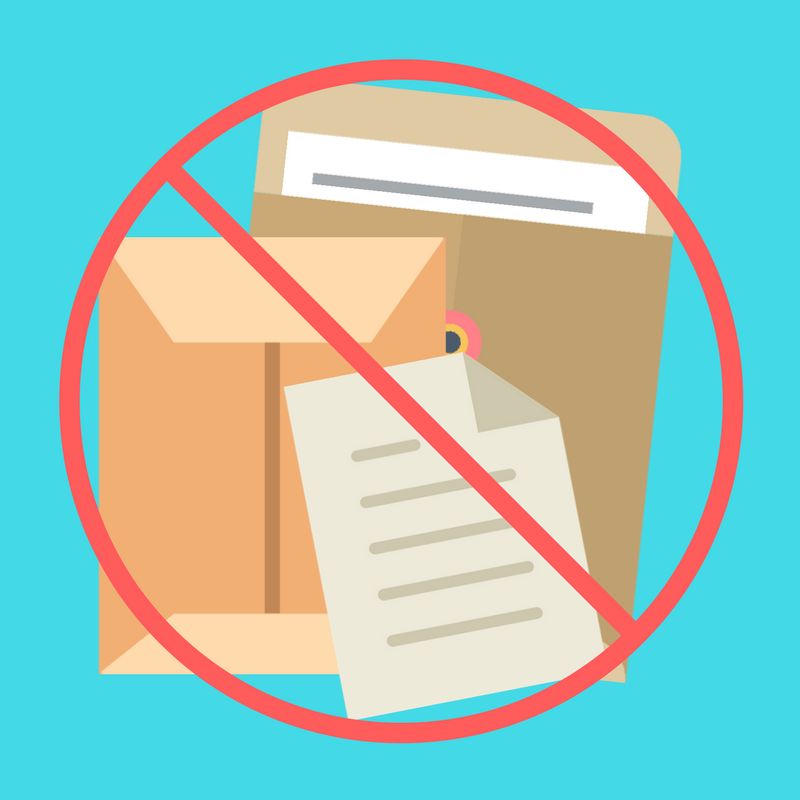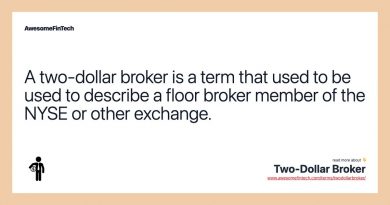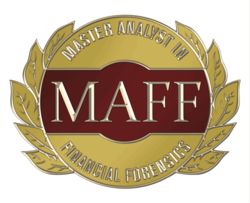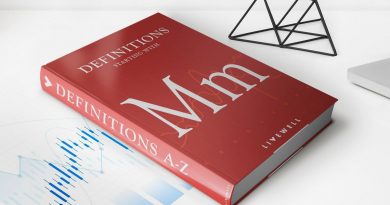Low No Documentation Loan

Contents
Low/No Documentation Loan
What Is a Low/No Documentation Loan?
A low/no documentation loan allows a borrower to apply for a mortgage with little or no information about their employment, income, or assets. Regulation of these loans has evolved since 2008, but they remain available for borrowers in nontraditional financial situations.
How a Low/No Documentation Loan Works
Borrowers seeking these loans often have nontraditional income streams that are difficult to document in a traditional mortgage application. Examples may include alternative investments or self-employment arrangements where income reporting is minimized for tax purposes. Lenders considering these loans focus on the applicant’s credit score, ability to make a larger down payment, and nontraditional documentation such as bank statements. Interest rates on these loans tend to be higher than traditionally documented mortgages.
Origins of the Low/No Documentation Loan
A low/no documentation loan may sound like a throwback to the pre-2008 days of liar loans and subprime lending, but it remains an option for some segments of the mortgage industry. The term originates from the build-up to the real estate crash of 2008. In the early and mid-2000s, lenders under pressure to issue loans with more favorable terms loosened documentation requirements, resulting in common use of low-documentation products. NINJA loans were one class of these products, standing for "no income, job, or asset verification." Lenders often extended these loans based solely on credit scores, without further documentation of the borrower’s ability to make payments.
NINJA and other low-documentation loans, along with subprime lending practices, directly led to the 2008 crash. To address this, the Federal Reserve enacted a 2008 rule through the Truth in Lending Act (TILA) that required lenders to verify a borrower’s ability to make payments on any loan with a higher interest rate due to a weaker applicant profile. Subsequently, the 2010 Dodd-Frank Wall Street Reform and Consumer Protection Act was passed, and the Consumer Financial Protection Bureau (CFPB) finalized a modification to Dodd-Frank called the ability to repay rule in January 2013. This rule obligated lenders to adequately assess a borrower’s ability to make required monthly mortgage payments, with penalties for those who failed to do so as established by the U.S. Congress.
The Return of Low/No Documentation Loans
Many of the riskiest low/no documentation loan categories, such as NINJA loans, disappeared after the 2008 crash and the passage of Dodd-Frank. However, the ability to repay rule allowed for some low-documentation loans, including a class known as alternative documentation loans.
A 2018 law repealing parts of the Dodd-Frank Act eased the standards for potential loans to be considered qualifying mortgages. This law did not affect the ability to repay rule but made it easier for borrowers to avoid the low-documentation classification. Smaller banks advocated for this change, arguing that Dodd-Frank restrictions were unnecessarily burdensome on them. They claimed that national lenders had abandoned riskier loans that could benefit local communities and that smaller banks could support the recovery of real estate markets with more lenient lending practices.



